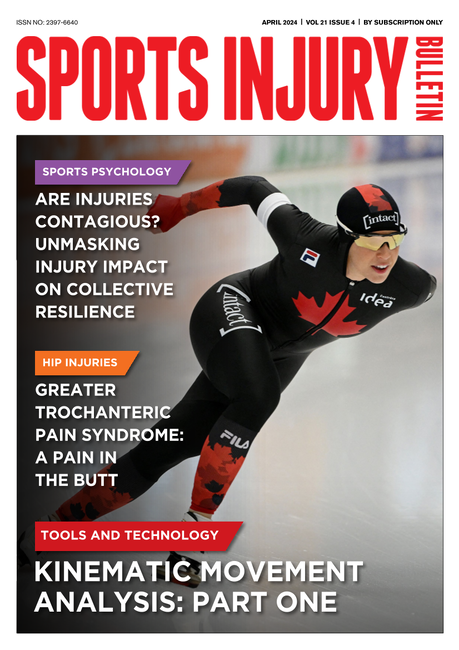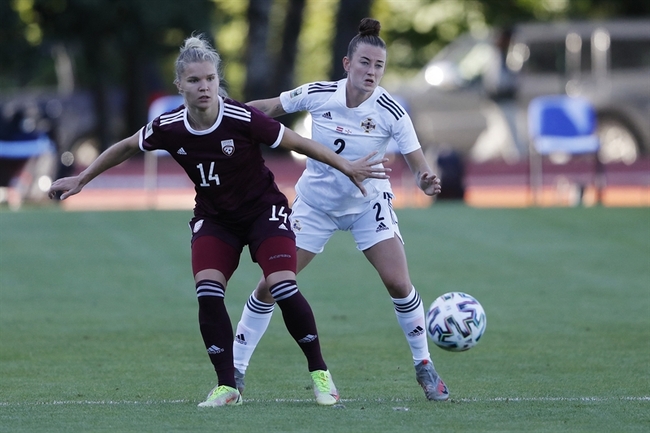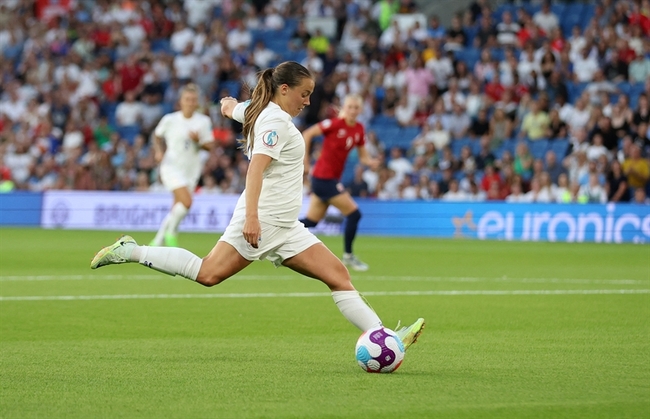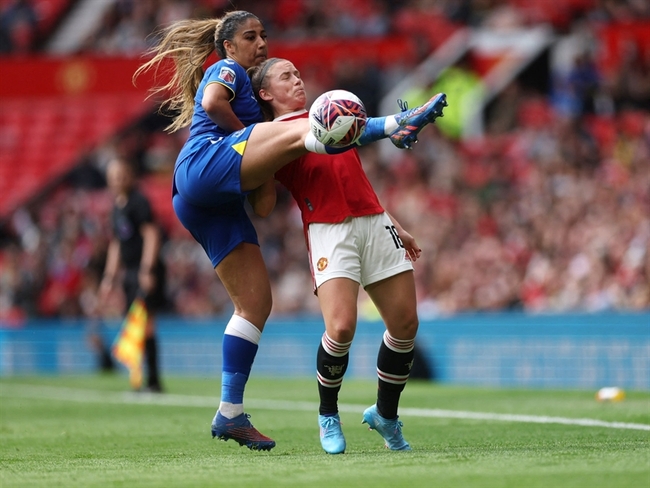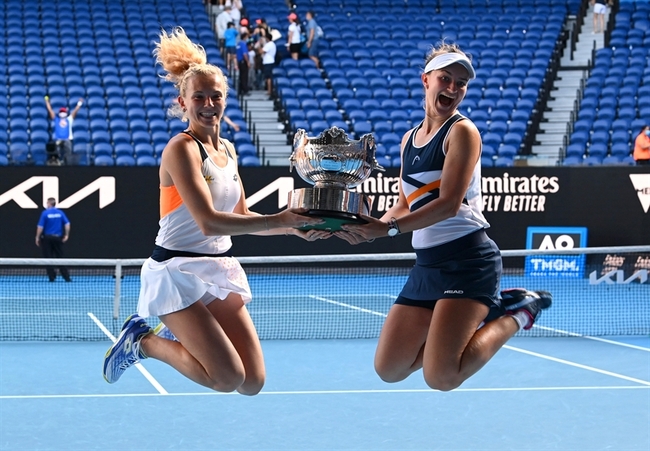Working with Athletes with Disability in Rehabilitation
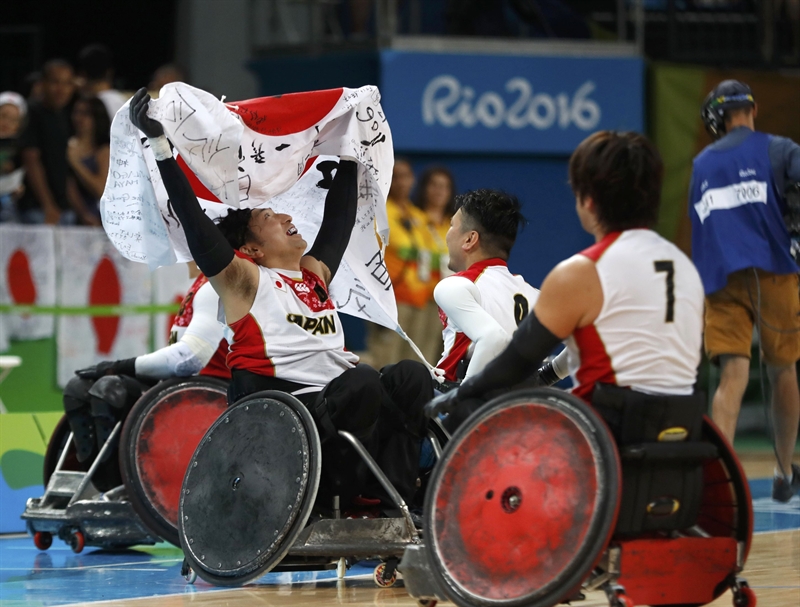
In the 'Land of the Rising Sun', the Paralympic Games are on the horizon, and athletes are preparing to take the stage to showcase their capabilities to the world. Paralympians inspire individuals of all abilities to reach for their dreams despite insurmountable odds. Furthermore, the Paralympic Games can increase the participation and opportunities of athletes with disabilities (AWD) to take part in exercise and organized sport.
The International Paralympic Committee (IPC) defines para-athletes as anyone whose impairment impacts their sports participation. Athletes must meet the minimum disability criteria and be classified according to the impact of their disability to participate in the Paralympic Games.
Whether in recreation or competition, athletes with disabilities may suffer injuries. They may then seek medical assistance for their injury and rehabilitation back to the sport. Sean Fyfe and Andrew Hamilton provide insight into working with AWD and how clinicians can best care for athletes; this includes eight fundamental principles. The rehabilitation of an AWD may be a challenge, and understanding their physical and psychological attributes is paramount to a successful outcome.
You need to be logged in to continue reading.
Please register for limited access or take a 30-day risk-free trial of Sports Injury Bulletin to experience the full benefits of a subscription.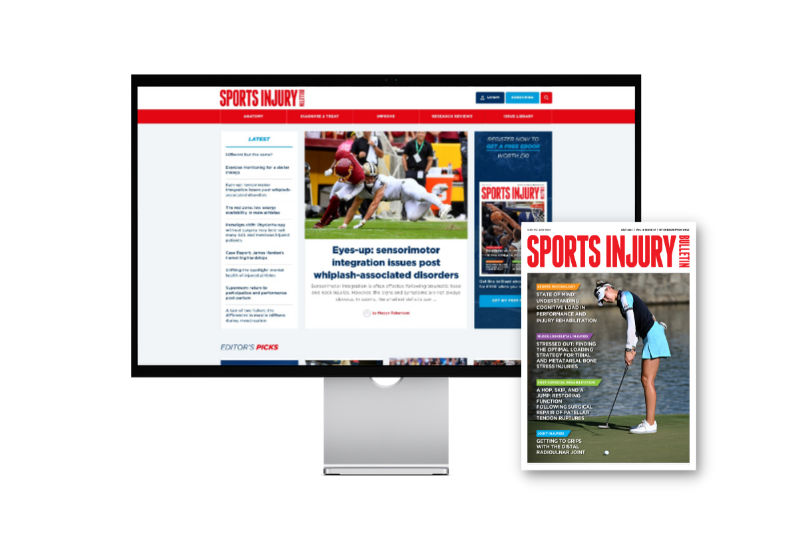 TAKE A RISK-FREE TRIAL
TAKE A RISK-FREE TRIAL
Newsletter Sign Up
Subscriber Testimonials
Dr. Alexandra Fandetti-Robin, Back & Body Chiropractic
Elspeth Cowell MSCh DpodM SRCh HCPC reg
William Hunter, Nuffield Health
Newsletter Sign Up
Coaches Testimonials
Dr. Alexandra Fandetti-Robin, Back & Body Chiropractic
Elspeth Cowell MSCh DpodM SRCh HCPC reg
William Hunter, Nuffield Health
Be at the leading edge of sports injury management
Our international team of qualified experts (see above) spend hours poring over scores of technical journals and medical papers that even the most interested professionals don't have time to read.
For 17 years, we've helped hard-working physiotherapists and sports professionals like you, overwhelmed by the vast amount of new research, bring science to their treatment. Sports Injury Bulletin is the ideal resource for practitioners too busy to cull through all the monthly journals to find meaningful and applicable studies.
*includes 3 coaching manuals
Get Inspired
All the latest techniques and approaches
Sports Injury Bulletin brings together a worldwide panel of experts – including physiotherapists, doctors, researchers and sports scientists. Together we deliver everything you need to help your clients avoid – or recover as quickly as possible from – injuries.
We strip away the scientific jargon and deliver you easy-to-follow training exercises, nutrition tips, psychological strategies and recovery programmes and exercises in plain English.


